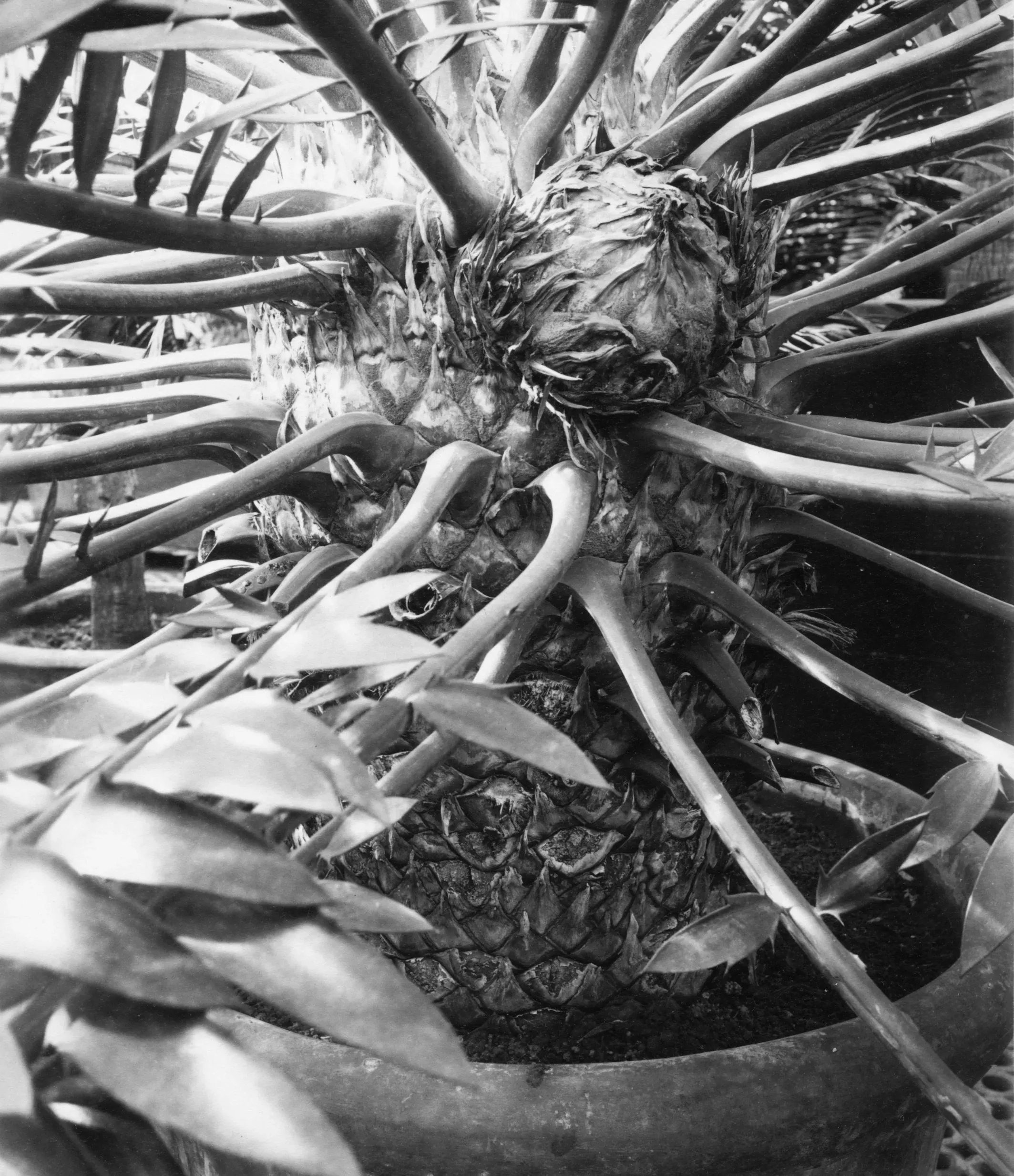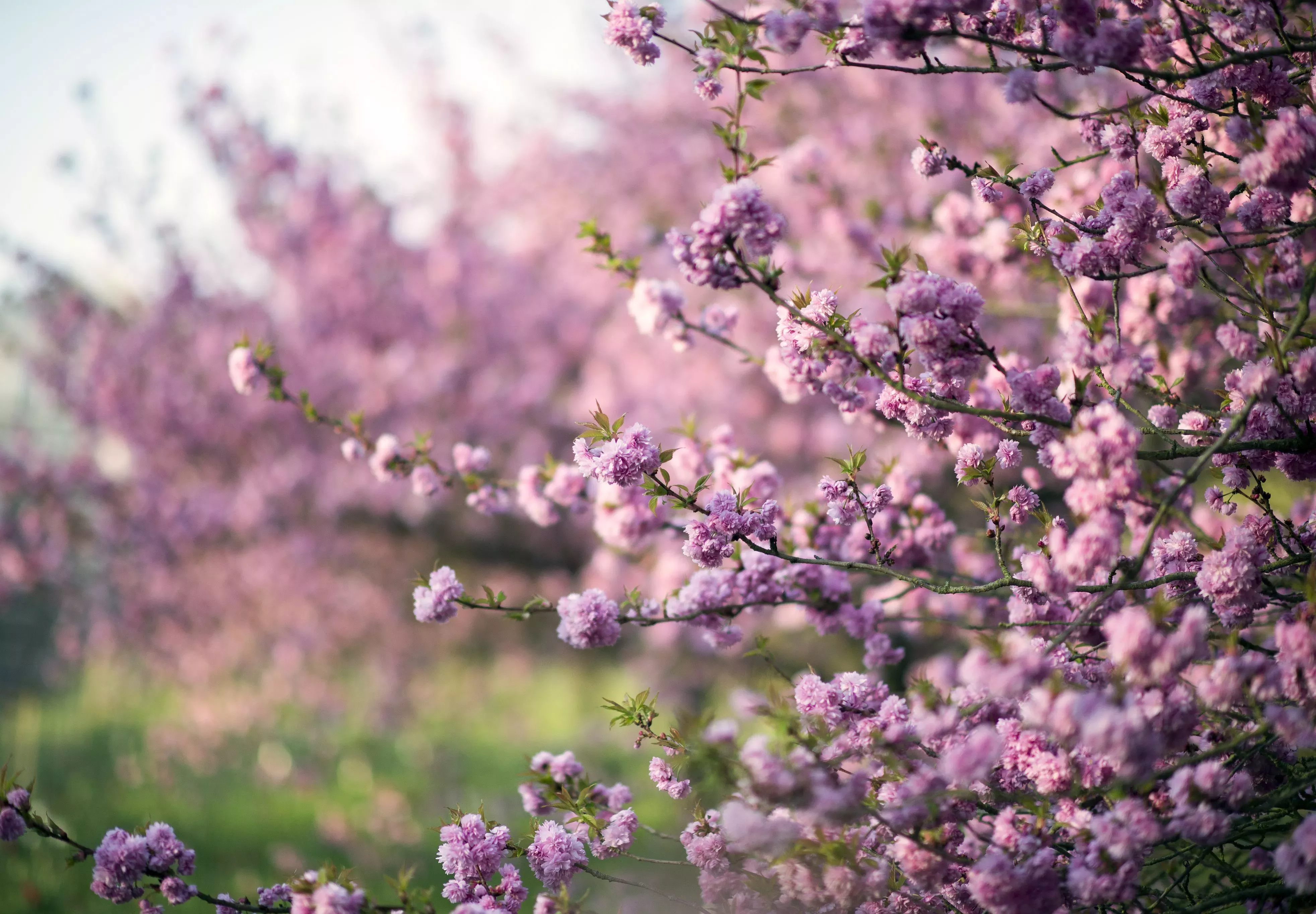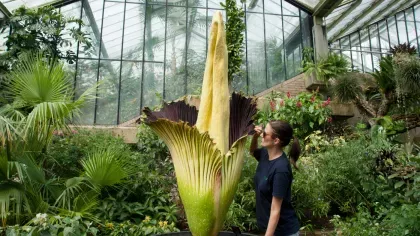27 April 2020
Kew's giant plants
A round up of our favourite large plants that grow at Kew Gardens.

Kew Gardens is home to over 50,000 plants great and small.
From towering trees to giant waterlilies, meet some of our largest inhabitants.
Redwoods
Kew Gardens and Wakehurst, our sister site in West Sussex, are home to huge redwood giants.
Our gardens are home to a mixture of coastal redwoods (Sequoia sempervirens) and giant redwoods (Sequoiadendron giganteum).
At 40 metres tall, our tallest tree at Kew Gardens is a coastal redwood, which is as high as a 13 storey building.
The largest redwood in the world is an incredible 84 metres tall and 11.1 metres wide, and lives in California's Sequoia National Park.
California's humid summer fogs combined with wet winters allow redwoods to grow to immense heights.
Did you know?
Some coastal redwoods have been known to be as old as 2,200 years old, and giant redwoods can live to over 3,000 years.
A substance called tannin found in the bark of redwood trees is one of the reasons they're so long-lived. It helps to deter insects like termites, and boosts the tree's resistance to pests and diseases.
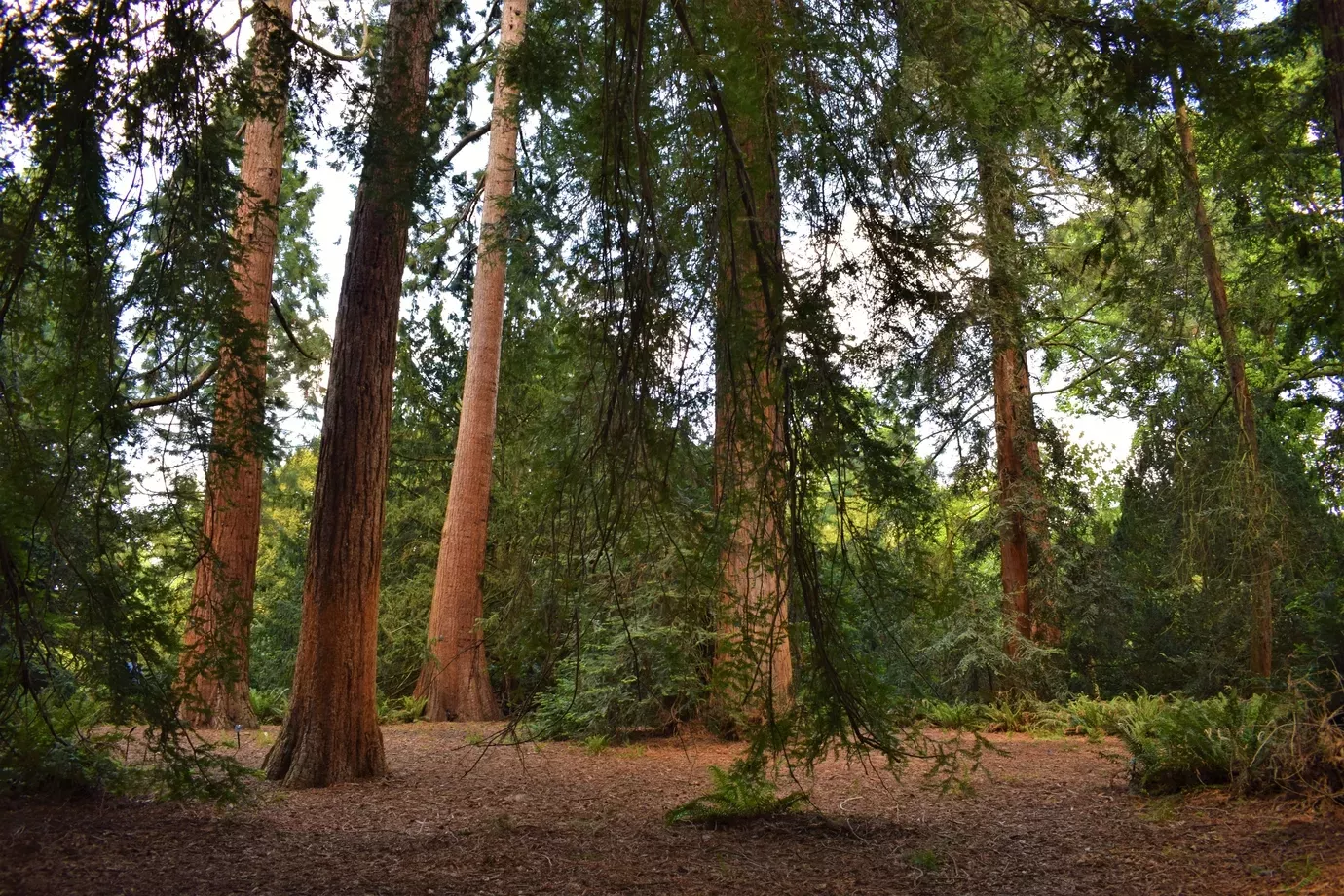
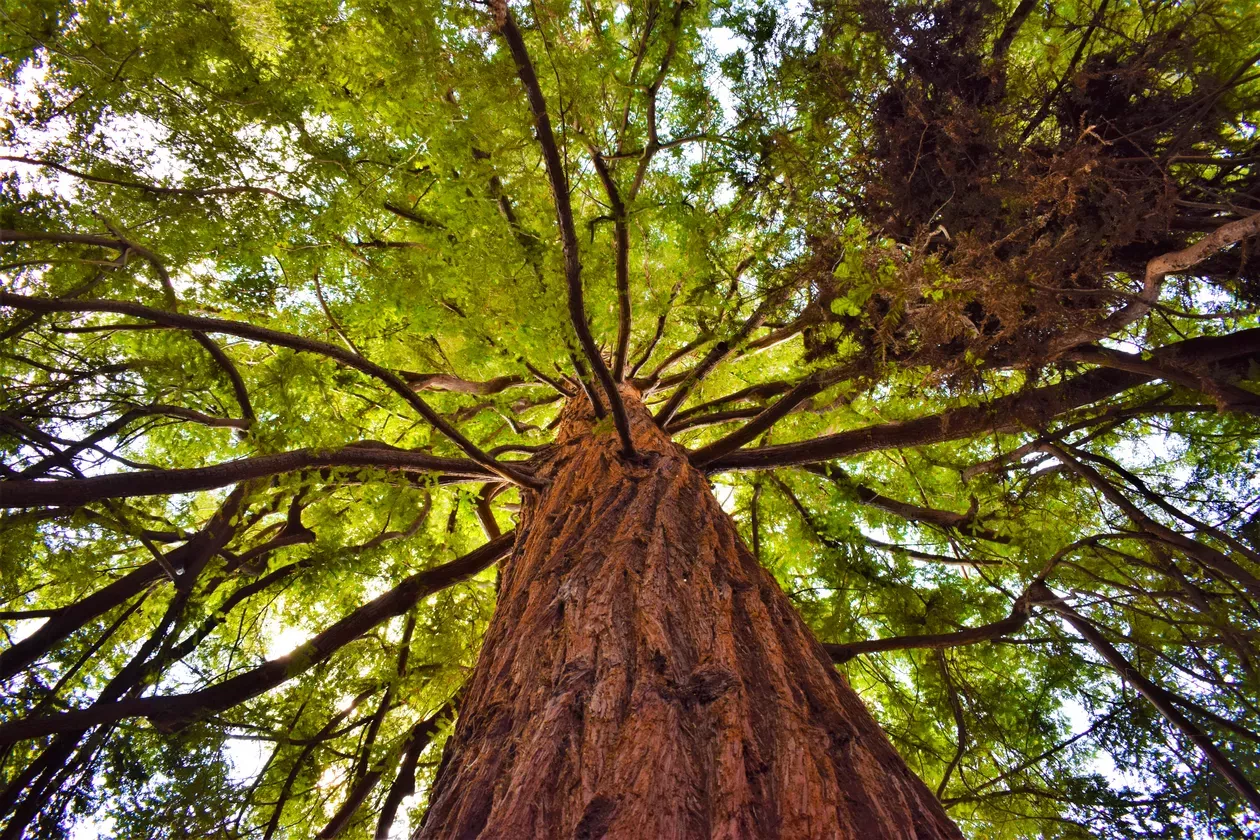
Titan Arum
Titan arum (Amorphophallus titanum) is a world record breaker.
It has the largest unbranched inflorescence in the world that can stand up to 3 metres above ground. An inflorescence is a flower structure that consists of a cluster of smaller individual flowers.
As well as being gigantic, Titan arum is also one of the world's stinkiest plants. Known as the ‘corpse flower’ it smells of rotting flesh when in bloom.
It releases a pungent aroma to attract pollinators that like to feed on flesh and poo.
The smell is created by the inner flower spike, known as a spadix. The tip of the spadix produces heat in a process called thermogenesis.
This helps the smell of rotting flesh travel and can attract pollinators from up to half a mile away.
Did you know?
The Titan arum at Kew lives behind the scenes at Kew's Tropical Nursery and is sometimes on display in the Princess of Wales Conservatory.
Last flowering in 2018, it reached 3 metres tall and it's tuber weighed 118kg.
Giant waterlilies (Victoria amazonica)
Discovered in Bolivia in 1801, giant waterlilies were later named Victoria amazonica in honour of Queen Victoria.
Our Waterlily House at Kew was originally built to house this natural wonder of the Victorian age. The leaves are so vast that they have been photographed with toddlers sitting on top.
Native to freshwater lakes in the Amazon basin, the huge floating leaves can grow up to 3 metres in diameter and are held in place by underwater stalks that grow up to 8 metres long.
In the wild, the waterlily is pollinated by a beetle (Cylocephata castaneal) that is attracted to the floral scent.
At Kew, our Victoria amazonica now live in the Princess of Wales Conservatory and we raise them as annuals from seed planted each January. The beautiful flowers start off while and gradually turn to pink.
Our horticulturalists hand-pollinate the flowers during the summer and collect the seed in the autumn ready for next year.
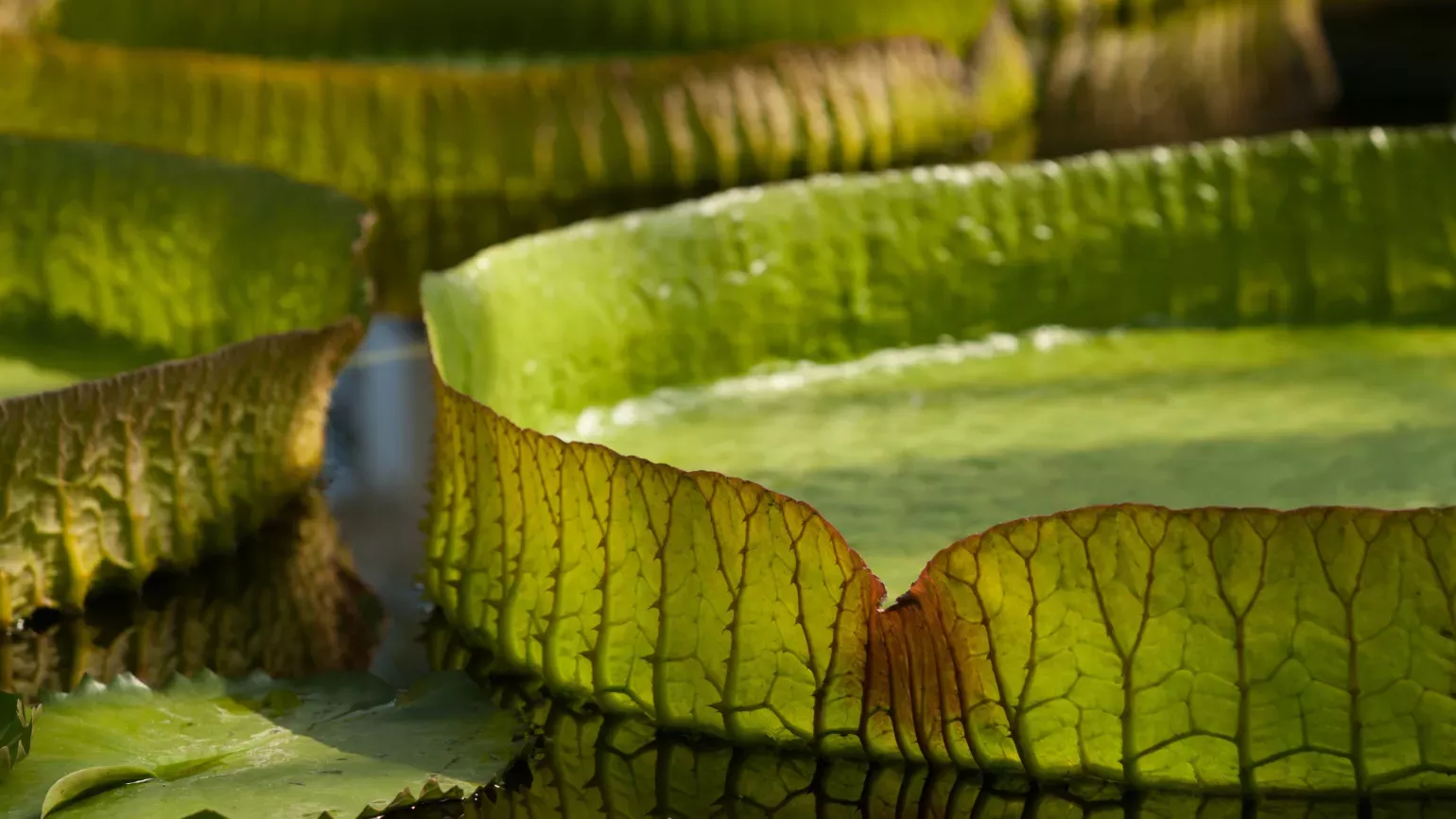
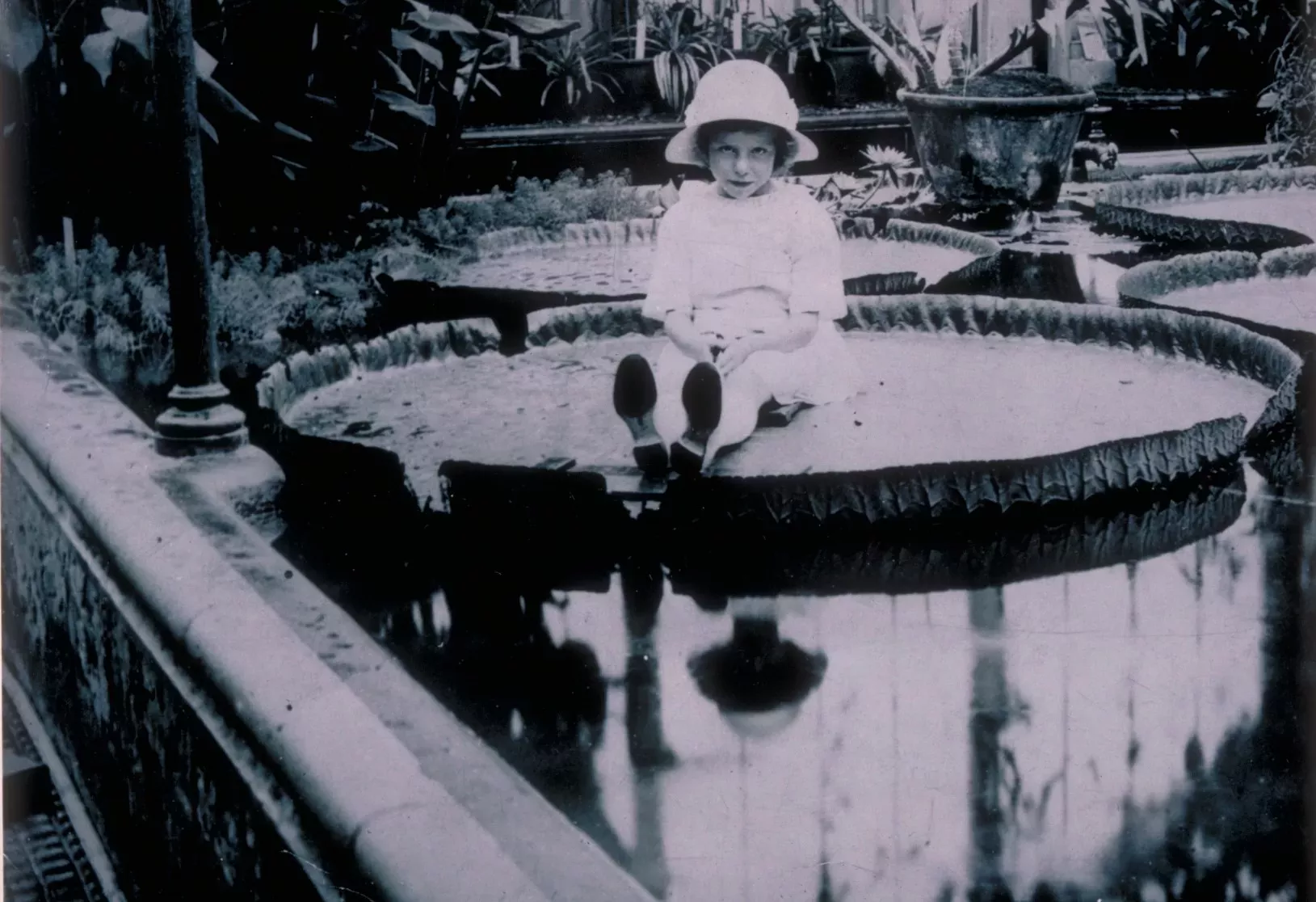
Giant cycad
Deep in the steamy greenery of our tropical Palm House lives a record-breaking specimen – the Eastern Cape giant cycad (Encephalartos altensteinii).
This cycad has lived at Kew for over 240 years. It was moved into the Palm House in 1848, and now lives in a large plant pot.
It is the oldest pot plant in the world, is over 4 metres tall and weighs more than a tonne.
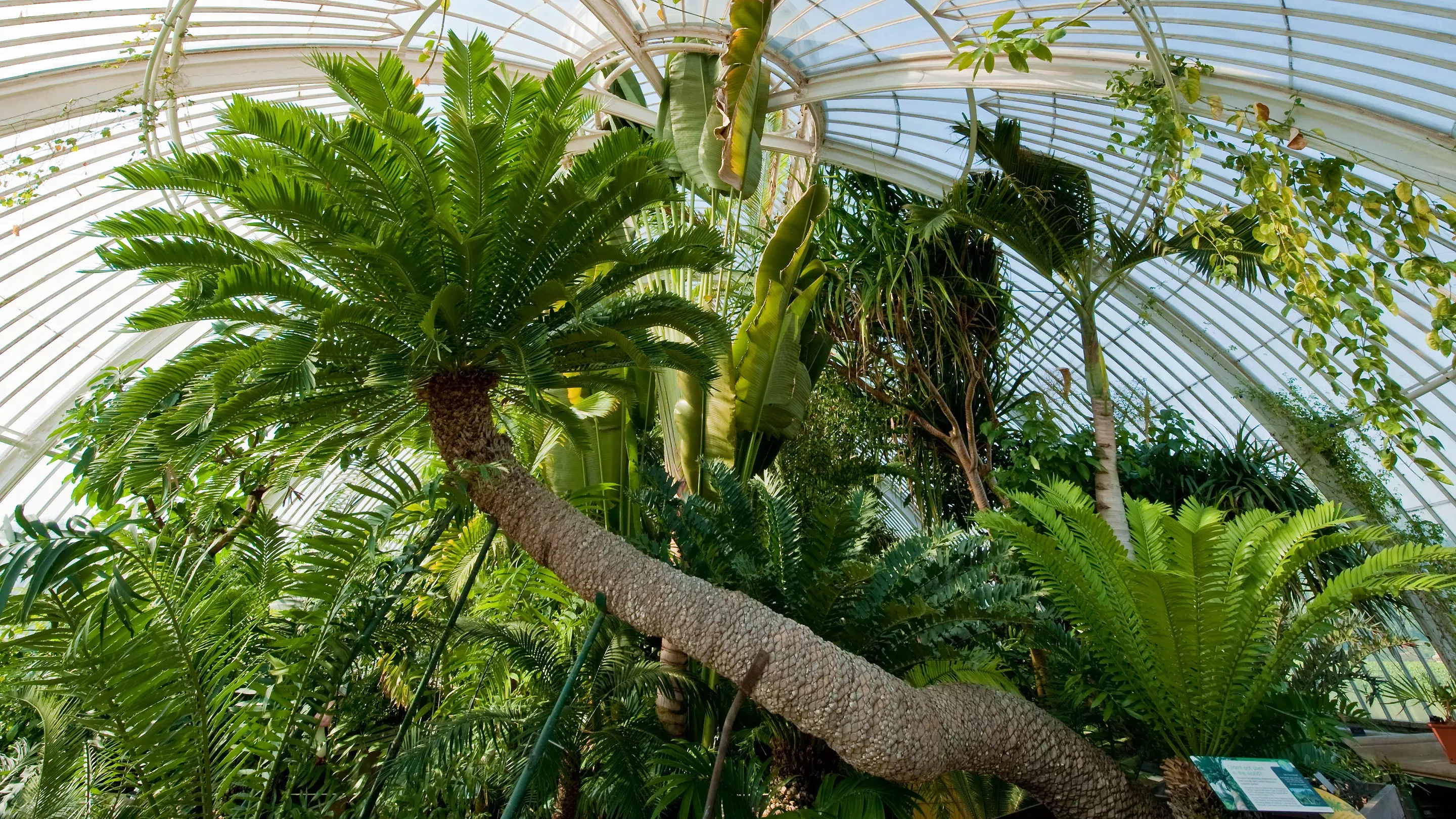
The incredible specimen first arrived here in 1775. Botanist Francis Masson collected the plant in the Eastern Cape province of South Africa, the species’ country of origin.
Masson was Kew's first plant hunter and brought the specimen back to the Gardens.
The journey from South Africa to London would have taken many months. The plant was strapped to the deck of a wooden sailing ship for the long voyage, which gave it access to rainwater and sunlight.
It then travelled by barge along the Thames to Kew.
Did you know?
Cycads have been around since before the dinosaurs walked the Earth. These prehistoric plants were widespread over 250 million years ago.
